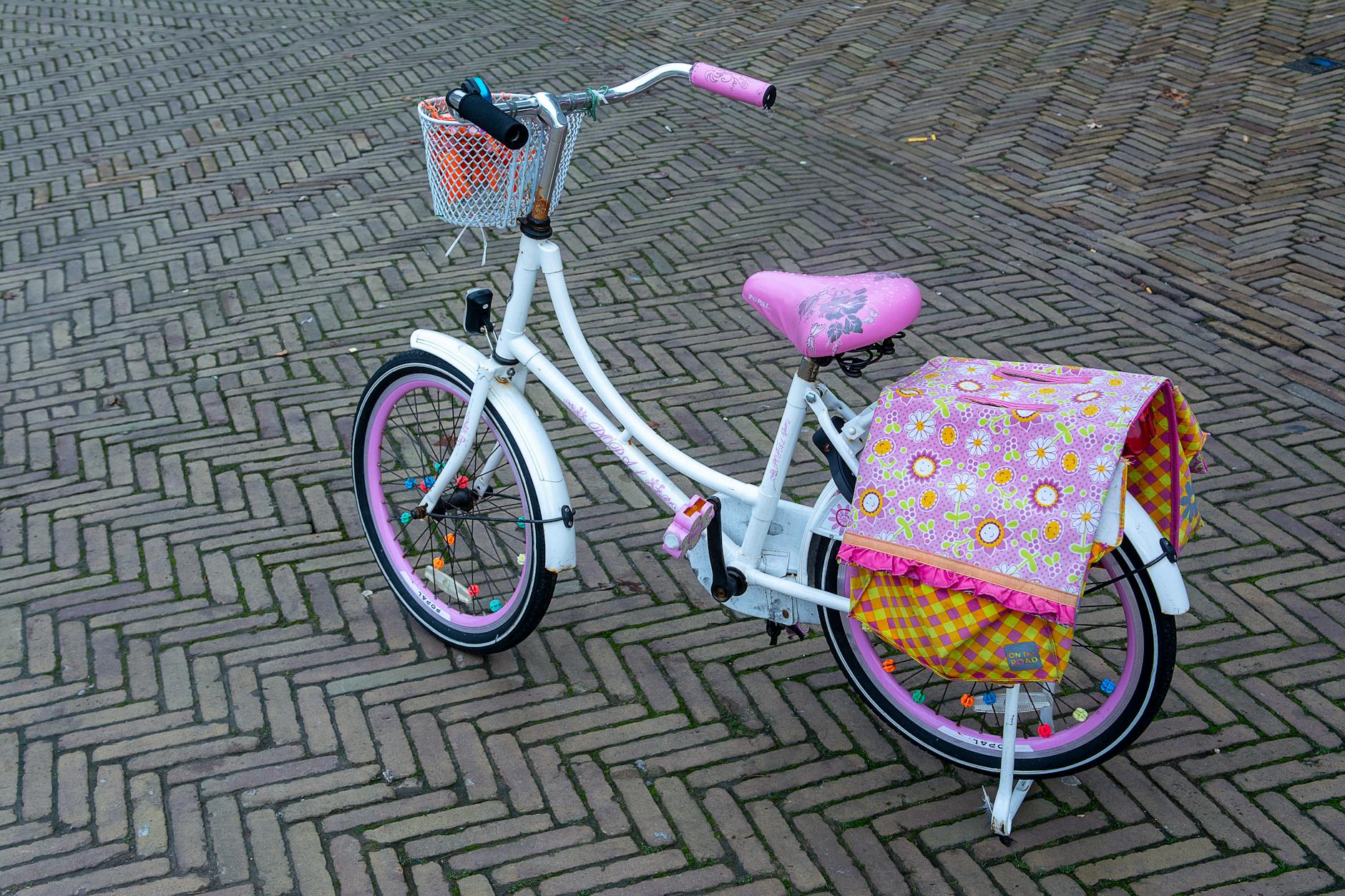Find out the secret to choosing the perfect bike size for your child – avoid rookie mistakes with our expert advice!
Table of Contents
Choosing the right bike size for children is crucial for their safety and comfort while cycling. A bike that is too small or too large can make it challenging for a child to control the bike properly and may lead to accidents or injuries. Additionally, an ill-fitting bike can be uncomfortable for a child to ride, which may deter them from enjoying cycling. In this blog post, we will provide tips on how to select the right bike size for children, offer safety tips for cycling with kids, and recommend the best balance bikes for 2-year-olds.
Sizing Up: How to Choose the Right Bike Size for Children
When it comes to selecting the right bike size for children, one of the most important factors to consider is their height and inseam measurement. Properly fitting a bike to a child’s body size can help ensure better control and comfort while riding. To determine the right bike size for your child, start by measuring their inseam length while they are wearing shoes. This measurement will help you determine the standover height, which is the distance from the top tube of the bike to the ground when the child is straddling the bike.
In addition to the inseam measurement, consider your child’s height when selecting a bike size. Most bike manufacturers provide size charts that recommend specific bike sizes based on a child’s height. It is essential to refer to these charts to ensure that you are selecting the right size for your child. Keep in mind that each child is unique, and some may feel more comfortable on a slightly larger or smaller bike than recommended.
Safety Tips for Cycling with Kids
When cycling with kids, safety should always be a top priority. One of the most critical safety precautions for children is wearing a helmet. Ensure that your child wears a properly fitting helmet every time they ride a bike. Helmets should sit level on the head and cover the forehead without obstructing vision. Teach your child how to properly adjust and secure their helmet to ensure maximum protection.
Additionally, it is essential to teach children basic bike safety rules, such as using hand signals to indicate turns and stops, riding in the same direction as traffic, and obeying traffic signs and signals. Encourage your child to practice these safety rules consistently to develop good cycling habits and avoid accidents.
Best Balance Bikes for 2-Year-Olds
Balance bikes are an excellent option for young children who are learning to ride a bike. These bikes do not have pedals, allowing children to focus on developing their balance and coordination before transitioning to a traditional bike with pedals. Balance bikes are suitable for children as young as 18 months to 3 years old and can help them build confidence and skills for cycling.
When selecting a balance bike for a 2-year-old, consider factors such as seat height, handlebar height, and overall weight of the bike. Look for lightweight balance bikes with adjustable seats and handlebars to accommodate your child’s growth. Popular balance bike brands for 2-year-olds include Strider, Joovy Bicycoo, and Cruzee, which offer durable and well-designed bikes for young riders.
Recommendations for Young Cyclists
In addition to selecting the right bike size and safety gear for children, it is essential to prioritize regular maintenance and checks for their bikes. Ensure that the tires are properly inflated, the brakes are functioning correctly, and the chain is clean and lubricated. Regular maintenance can help prevent accidents and prolong the life of the bike.
When it comes to choosing a helmet for your child, opt for a helmet that meets safety standards such as CPSC or ASTM certification. Look for helmets with adjustable straps and ventilation to ensure a comfortable fit for your child. Encourage your child to wear bright-colored clothing and reflective gear when cycling to increase visibility, especially when riding in low-light conditions.
Conclusion
Selecting the right bike size for children is essential for their safety and enjoyment of cycling. By measuring your child’s height and inseam length and referring to size charts provided by bike manufacturers, you can ensure that your child rides a bike that fits them properly. Remember to prioritize safety by wearing helmets, teaching children bike safety rules, and maintaining their bikes regularly.
When selecting a balance bike for a 2-year-old, consider factors such as seat and handlebar height, weight, and adjustability. Choose a reputable brand that offers durable and well-designed balance bikes for young riders. By following these tips and recommendations, you can help your child develop a love for cycling while staying safe on the road.

